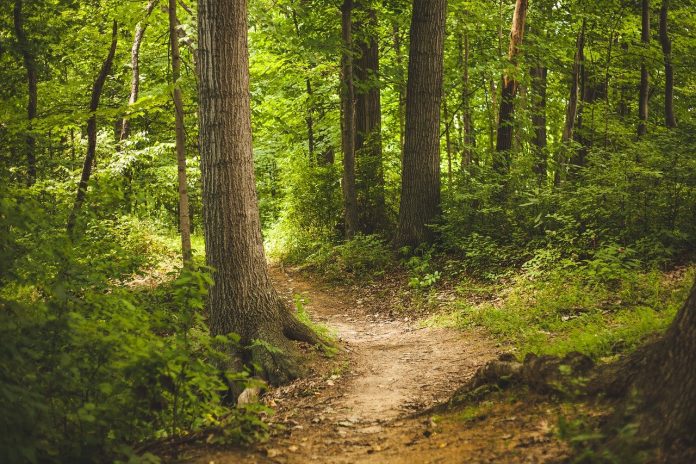Being involved in more and more forestry-related projects in my home counties has brought to light the sheer number of public and private organizations and initiatives aimed at improving timber, forest ecology, wildlife and non-timber forest products. A growing number of groups offer field days, conferences, education materials and technical assistance year-round, all over the state. Many are connected to regional interest groups, which target an audience based on a geographic area and can vary widely in their monthly, quarterly or annual programs.
Government agencies frequently get poked at for their “alphabet soup” of acronyms, but I would say that forestry organizations come in at a close second for the abbreviations of these affinity groups: WIGs, WAs and FAs (Woodland Interest Groups, Woodland and Forestry Associations) are under the OTF (Ohio Tree Farm) program or the OFA (The Ohio Forestry Association). You can find a list of these regional woodland interest groups at ohioforest.org.
Two WOW groups, Women Owning Woodlands, are currently active in Ohio: the Southeast chapter and North East & Central Ohio chapter. Both chapters have Facebook pages and email newsletters you can sign up for to stay informed.
Several peer groups have popped up in Appalachian counties, including the Appalachian Beginning Forest Farmer Coalition, Appalachian Stewards and other sustainable forestry initiatives with Rural Action.
All these groups are tied together in their mission of sharing education and opportunities for anyone interested in forestry topics. Many host regular free programming for their communities, and are welcoming to the new enthusiasts, professionals and old hands alike. Attending their meetings and events combines all that knowledge and enthusiasm into a large sounding board and database, frequently accompanied by funny stories or awe-inspiring photos from the members’ own experiences.
These conversations can give you the name of the right contact at state or federal agencies to help you sign up or navigate one of the conservation programs that can help you manage your invasive species, fight erosion or create suitable habitat. These groups can help you find a consulting forester when it’s time to mark timber, share their hints for homesteading projects or recipes of what to do with all those pawpaws.
Hanging out with “tree people” has been the easiest way to get excited about my own landscape — comprising about 20 trees, on a mere .17-acre lot in town — but more significantly, about helping manage the roughly 40 acres of forest owned by my family. Growing up in these woods instilled a love for them, but the more I learn about what I observe here deepens my appreciation for what we have. It also makes me ask what can I can be doing to improve, protect and enjoy them even more.
The model for these types of affinity groups has been very successfully replicated in social media, where groups abound to share ideas about everything from canning to car restorations to Claymation. Forestry groups keep the social — and rely much less on the media — all while achieving similar levels of sharing the anecdotes and information that we might be looking for as inspiration and encouragement in our own woodland and wood-related projects.
Not to vilify the opportunities that worldwide information networks provide, but in forestry, it is especially important to pay attention to locally significant issues and opportunities.
While it is fascinating to see and learn about timbering techniques in the Pacific Northwest, forestry management styles in Australia, or the artisanal wood crafting that takes place all around the world, we need the experiences of our neighbors to learn about how to approach the pests and diseases in our own community, what market opportunities are on the rise or local resources that can be part of your woodland improvement plans.
While we’re still in the midst of winter, now’s the time to get some inspiration about where, what and how you can implement a little conservation work at home — and there’s no better way than joining some like-minded folks for that. If you need more information, reach out to your local soil and water conservation district, service forester or state Division of Forestry. We are all here to help and many of us are members too!













